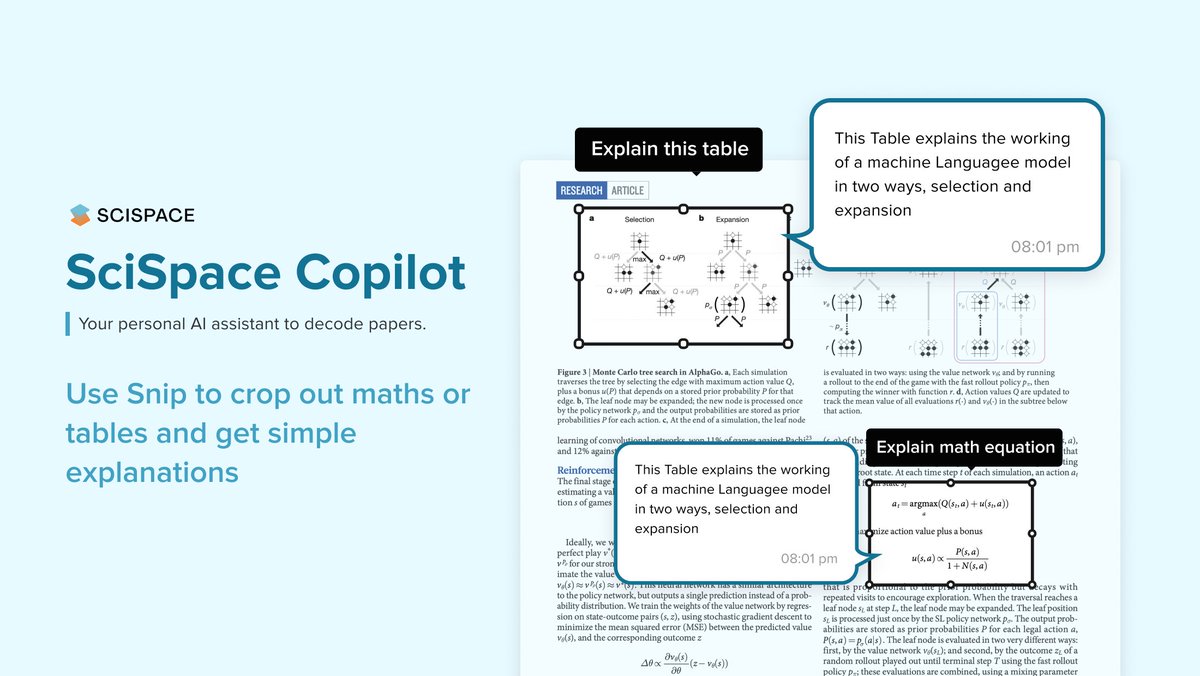
#MondayMood
Let's learn more about Marie Tharp!
⚡️Marie Tharp was an American geologist and oceanographer. She helped map the ocean floor.
#GoogleDoodle #MarieTharp #Geology #oceans
Let's learn more about Marie Tharp!
⚡️Marie Tharp was an American geologist and oceanographer. She helped map the ocean floor.
#GoogleDoodle #MarieTharp #Geology #oceans

⚡️ The map led Tharp to realize that the ocean floor could help prove the scientific theory of continental drift and the idea that the continents are moving.
⚡️ In the late 1940s, Tharp began working as a research assistant at the @Lamont_Doherty at Columbia University, NY. This is where she met her fellow geologist Bruce Heezen, with whom she would work for the next 30 years.
⚡️ Tharp and Heezen were part of a research project to map the ocean floor. Other scientists had created maps of the ocean floor. However, Tharp and Heezen used improved technology like sonar to see more details.
⚡️ Since women were not allowed on boats then, Heezen went out on the water, collected the data, and then gave it to Tharp. Using only pens and rulers, she used the data to figure out what was on the ocean floor. Their first map of the North Atlantic Ocean was completed in 1957.
⚡️Scientists expected the ocean floor to be a flat, featureless plain. Tharp’s map revealed that the ocean floor was made up of valleys, canyons, and mountains.
⚡️ Initially, her early evidence of seafloor spreading was dismissed as “girl talk.” After many months Heezen agreed with her, but only after he discovered earthquake activity along the ridge.
⚡️ The discovery was essential to developing the new theory of plate tectonics. It also revolutionized our understanding of how nearly everything on the planet works.
⚡️ Tharp worked at Columbia University until she retired in 1982. She was awarded the first Lamont-Doherty Heritage Award in 2001 for her contributions to oceanography.
⚡️ In 1997 the Library of Congress named her one of the four top cartographers of the 20th century (this is being celebrated by @Google Doodle today!). Tharp died on August 23, 2006.
• • •
Missing some Tweet in this thread? You can try to
force a refresh






